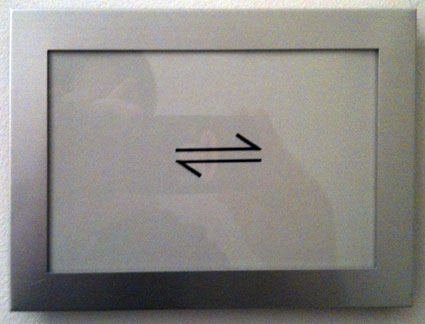Unfinished Business lecture: Culture, User Research & Design
I was recently in Toronto to speak at OCAD (Yes, we were in this awesome building) as part of the Unfinished Business lecture series. My talk looked at the notion of culture and it’s importance for user research, and design.
Culture is everywhere we look, and (perhaps more importantly) everywhere we don’t look. It informs our work, our purchases, our usage, our expectations, our comfort, and our communications. In this presentation, Steve will explore the ways we can experience, observe, and understand diverse cultures to foster successful collaborations, usable products, and desirable experiences.
Slides
Audio
I’ve split out the presentation itself from the Q&A, which was fun, challenging, and filled with big-picture type questions.
Presentation (1 hour, including a quick intro by host Michael Dila):
Q&A (40 minutes):
To download the presentation audio Right-Click and Save As… (Windows) or Ctrl-Click (Mac). For the Q&A audio, Right-Click and Save As… (Windows) or Ctrl-Click (Mac)
Note: In the talk (and the Q&A) I refer to my interactions article, Persona Non Grata. You can find that article here.


